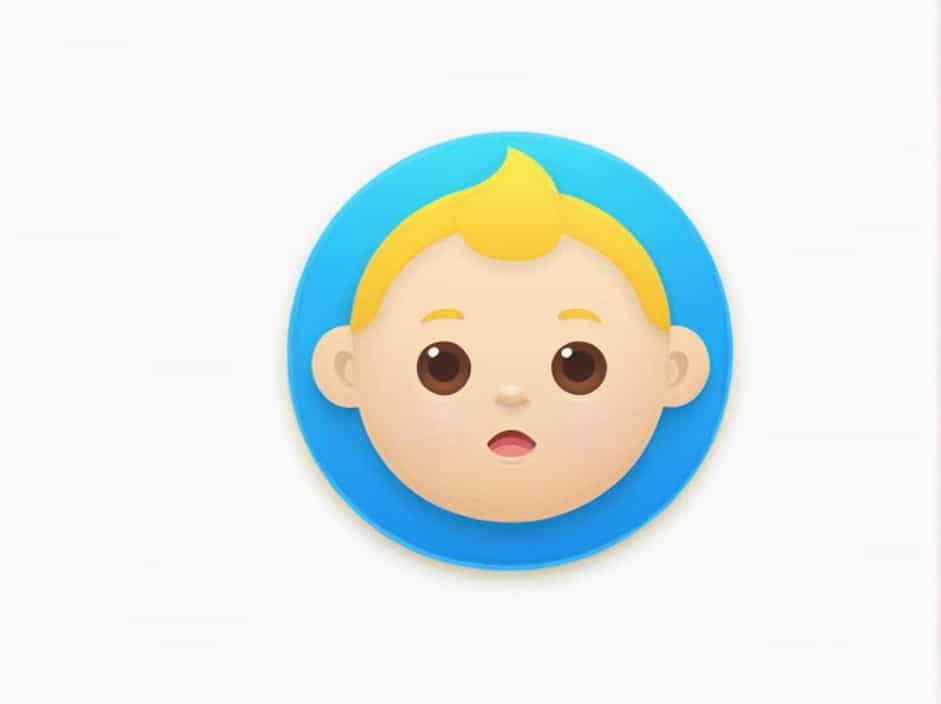Question tags are an essential part of English grammar. They help turn statements into questions, making conversations more engaging and interactive. A common challenge for English learners is forming the correct question tag for different sentence structures.
In this topic, we will explore how to add a question tag to the sentence “The baby was listless”, understand the grammar rules behind it, and see various examples of question tags in different contexts.
Understanding Question Tags
A question tag is a short question added at the end of a sentence. It is used to confirm information or seek agreement. Question tags are formed using auxiliary (helping) verbs and must match the tense and subject of the main sentence.
For example:
- She is happy, isn’t she?
- They have finished, haven’t they?
Rule for Question Tags
- If the main sentence is positive, the question tag is negative.
- Example: She is late, isn’t she?
- If the main sentence is negative, the question tag is positive.
- Example: He isn’t coming, is he?
- The question tag must match the auxiliary or main verb in tense.
Adding a Question Tag to “The Baby Was Listless”
Now, let’s apply the rule to the sentence “The baby was listless.”
- The sentence is positive (it does not contain “not” or any negative word).
- Since the verb “was” is in the past tense of “to be”, we keep “was” in the question tag.
- The subject “The baby” is singular, so we use “wasn’t it?”
Final Sentence:
The baby was listless, wasn’t it?
Why Do We Use “Wasn’t It?” Instead of “Wasn’t He/She?”
Since “baby” is a noun that can refer to both a boy or a girl, English often uses “it” when the gender is unknown. However, if the speaker knows the baby’s gender, they can use “wasn’t he?” or “wasn’t she?” instead.
Examples:
- The baby was sleeping, wasn’t it?
- The baby was crying, wasn’t he? (if the baby is a boy)
- The baby was smiling, wasn’t she? (if the baby is a girl)
More Examples of “Was” with Question Tags
Let’s look at other sentences using “was” with question tags:
- The weather was nice, wasn’t it?
- She was at the park, wasn’t she?
- The meeting was boring, wasn’t it?
- John was excited, wasn’t he?
- The trip was fun, wasn’t it?
Common Mistakes to Avoid
-
Using the wrong auxiliary verb
- ❌ The baby was listless, didn’t it?
- ✅ The baby was listless, wasn’t it?
(Since “was” is the verb in the main sentence, it must be used in the tag.)
-
Forgetting subject-verb agreement
- ❌ The baby were tired, weren’t they?
- ✅ The baby was tired, wasn’t it?
-
Mixing up positive and negative
- ❌ The baby wasn’t listless, wasn’t it?
- ✅ The baby wasn’t listless, was it?
Why Are Question Tags Important?
✔ They help confirm information.
✔ They make conversations sound natural.
✔ They improve fluency and interaction in English.
The correct question tag for “The baby was listless” is “wasn’t it?” because the sentence is positive, and “was” is the correct auxiliary verb. If the baby’s gender is known, “wasn’t he?” or “wasn’t she?” can also be used.
By mastering question tags, you can speak English more naturally and confidently!
